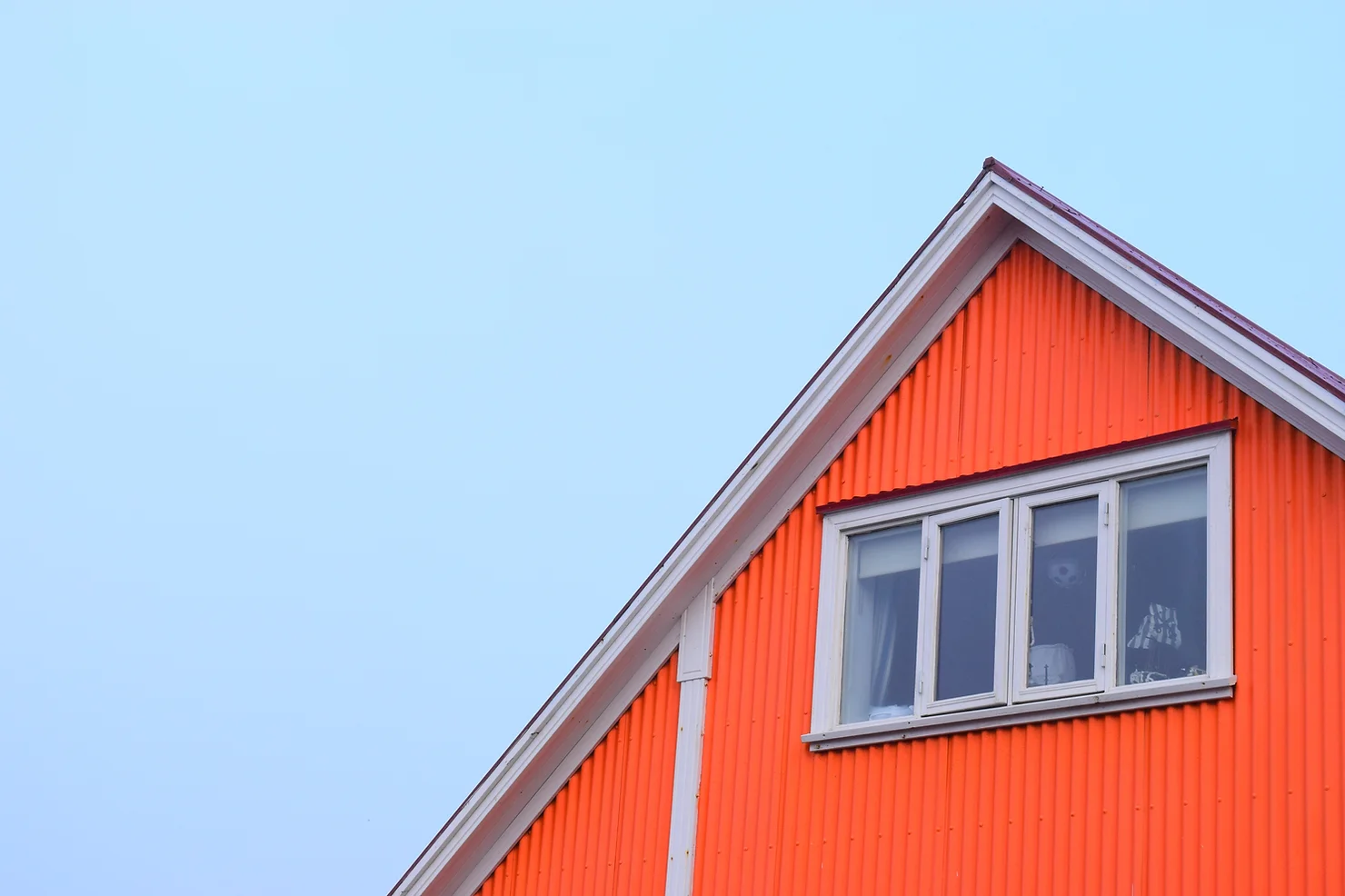
A Guide to Detecting Subtle and Serious Roof Damage Before It’s Too Late
Don't let roof damage go unnoticed. Learn the signs and prevent costly repairs. Protect your home with our expert advice …

Are you tired of feeling a chilly breeze sneak into your home, even when the windows and doors are closed? Drafts can make your living space uncomfortable and lead to higher energy bills. If you're wondering how to find and eliminate drafts in your home, you've come to the right place.
In this article, we will guide you through the process of identifying and addressing drafts in your home. We’ll explore common culprits like gaps around windows and doors, as well as less obvious sources such as electrical outlets and recessed lighting fixtures. With our expert tips and tricks, you'll be able to locate drafts and take effective steps to seal them off. Say goodbye to cold spots and hello to a cozy, energy-efficient home.
Don't let drafts continue to undermine the comfort and efficiency of your home. Read on to discover the methods and tools you'll need to identify and eliminate drafts for good.
Drafts not only make your home uncomfortable, but they can also significantly impact your energy bills. When cold air enters your home through gaps and cracks, your heating system has to work harder to maintain a comfortable temperature. This increased strain on your HVAC system can lead to higher energy consumption and costly utility bills. By finding and eliminating drafts, you can create a more energy-efficient home and save money in the long run.
Drafts can originate from various areas in your home. The most common culprits include gaps around windows and doors, but drafts can also seep through less obvious sources such as electrical outlets, recessed lighting fixtures, and even the attic or basement. It's important to inspect these areas thoroughly to ensure you're addressing all potential sources of drafts.
Identifying drafts in your home may not always be straightforward, but there are some signs to watch out for. Cold spots near windows or doors, especially when they're closed, are a clear indication of drafts. You may also notice a whistling sound or feel a noticeable temperature drop in certain areas of your home. Additionally, if your energy bills have been consistently higher than usual, drafts could be to blame. It's important to pay attention to these signs and take action to locate and eliminate drafts.
Before you start the process of finding drafts, it's helpful to gather the necessary tools and equipment. Here are some items you'll need:

Now that you have the necessary tools and equipment, it's time to start locating drafts in your home. Follow these steps for an effective and thorough inspection:
Once you've identified the drafts in your home, it's time to take action and eliminate them. Here are some effective techniques for sealing off drafts:
Eliminating drafts in your home goes beyond just improving comfort. It can also lead to significant energy savings. By sealing off drafts, you'll reduce the amount of cold air entering your home, which means your heating system won't have to work as hard to maintain a comfortable temperature. This can result in lower energy consumption and reduced utility bills. Additionally, a more energy-efficient home is better for the environment, reducing your carbon footprint.
While eliminating drafts is an important step towards improving energy efficiency in your home, there are other projects you can undertake to maximize your efforts. Consider the following:
If you're unsure about finding and eliminating drafts on your own, or if you're dealing with more complex issues, it may be beneficial to hire professional services. There are specialized contractors who can conduct a comprehensive energy audit of your home, identifying areas of energy loss and recommending appropriate solutions. These professionals have the tools and expertise to locate and eliminate drafts effectively, ensuring optimal energy efficiency in your home.
Drafts in your home can make it uncomfortable and lead to higher energy bills. By taking the time to identify and eliminate drafts, you can create a more comfortable and energy-efficient living space. Use the step-by-step guide and techniques mentioned in this article to locate drafts and seal them off effectively. Remember, eliminating drafts is not only beneficial for your comfort but also for the environment and your wallet. Take action today and enjoy a cozy, draft-free home.